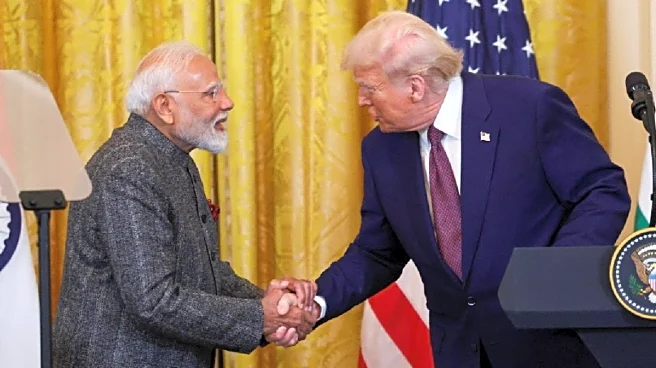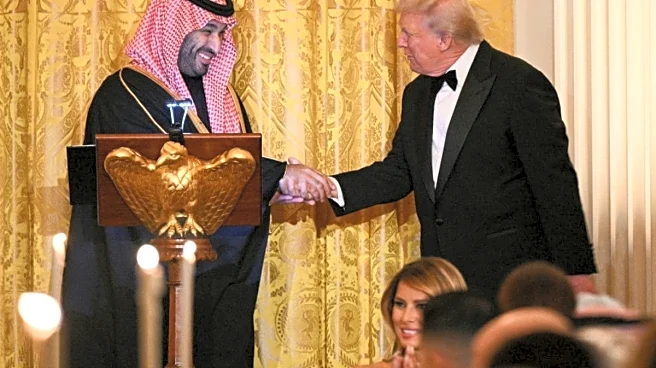The United States has formally approved the sale of advanced F-35 fighter jets to Saudi Arabia, alongside sealing a major civil nuclear energy agreement, marking one of the most significant expansions of strategic cooperation between Washington and Riyadh in recent years.
The announcements came during Crown Prince Mohammed bin Salman’s high-profile visit to Washington on Tuesday, where both sides ratified a series of defence and energy commitments aimed at reshaping their long-term partnership.
According to the White House, the two countries endorsed a “joint declaration” on civil nuclear energy that establishes the legal framework for what officials described as a decades-long, multi-billion-dollar cooperation programme.
The agreement is designed
around stringent non-proliferation standards and paves the way for American support in building Saudi Arabia’s civilian nuclear capabilities.
In parallel, Trump cleared a major defence sale package, reaffirming that Saudi Arabia will receive future deliveries of the F-35 Lightning II, the most sophisticated stealth aircraft in the US arsenal.
Riyadh has long sought access to the jets, which remain among the most coveted military platforms globally.
THE F-35 JETS – VALUE AND CONTROVERSIES
The F-35 programme, which first took shape in the 1990s, was conceived as a multi-service fighter capable of replacing ageing US fleets such as the F-16 while serving the needs of the Air Force, Navy and Marine Corps.
More than 1,200 jets have been produced so far, supporting nearly 300,000 jobs across the United States.
The aircraft has earned a reputation for its cutting-edge stealth design, advanced radar, and battlefield networking capabilities that allow seamless communication with allied forces.
According to the Associated Press, defence analysts describe the F-35 as central to modern air combat, a platform that can switch from strike missions to aerial dogfights within the same sortie.
However, the jet has also faced criticism for soaring costs, delayed deliveries, and persistent maintenance issues.
A 2023 Government Accountability Office report highlighted low mission-readiness rates and logistical challenges, even as the Pentagon pushes forward with long-term plans to operate and modernise more than 2,400 aircraft over nearly eight decades, at a projected cost exceeding $2 trillion, AP reported.
GLOBAL DEMANDS FOR F-35 REMAIN HIGH
However, despite its problems, the F-35 remains in high demand, with 19 countries already operating or contracting the aircraft. Israel recently deployed the jets in its 12-day conflict with Iran, while NATO partners such as Italy have used them in air policing missions over Europe.
Analysts note that ongoing software upgrades and hardware improvements continue to strengthen the jet’s capabilities, outpacing concerns over past cyber breaches linked to China.
WHAT THE F-35 DEAL MEANS FOR RIYADH
For Saudi Arabia, access to the F-35 marks a major leap in defence modernisation and places the kingdom among a select group of nations using the world’s most advanced fighter aircraft.
Coupled with the new nuclear cooperation framework, the agreements signal deepening US engagement in Saudi security and energy transformation, two pillars central to Crown Prince Mohammed bin Salman’s long-term strategic vision.
The twin deals reflect not only expanding bilateral ties but also Washington’s sustained influence in shaping the regional security architecture at a time of intensifying geopolitical competition.
ALSO READ | Trump Says MBS Knew Nothing About Khashoggi’s Murder



/images/ppid_59c68470-image-176345253722324295.webp)


/images/ppid_59c68470-image-176351507260943136.webp)

/images/ppid_59c68470-image-176352009853234111.webp)




/images/ppid_59c68470-image-176352004308756022.webp)
